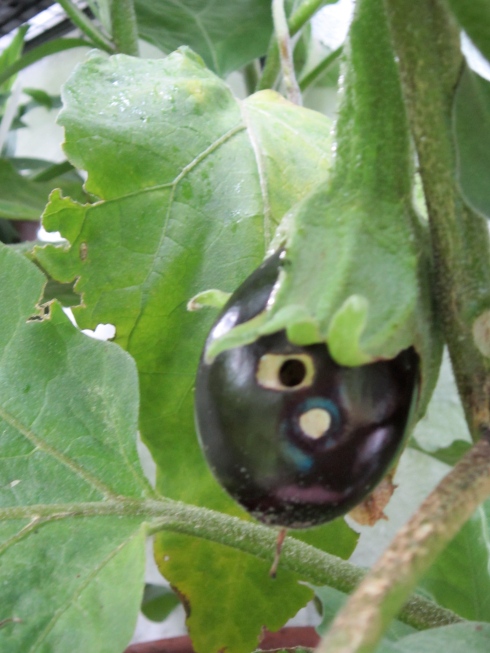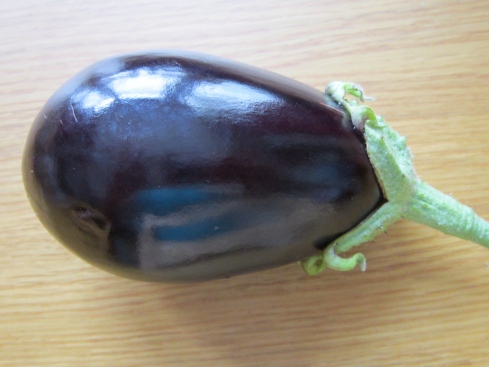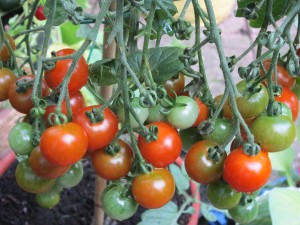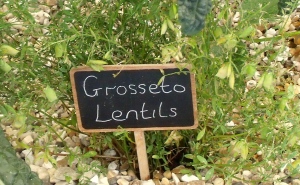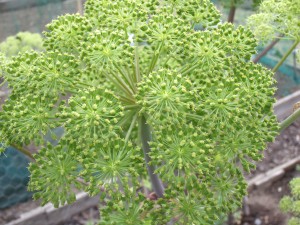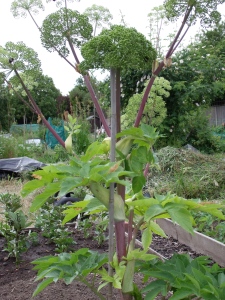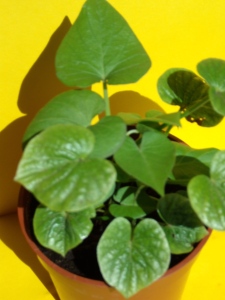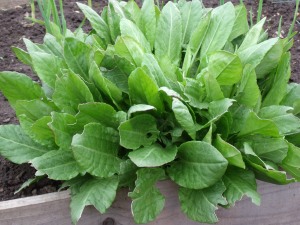I wouldn’t say I have a love-hate relationship with freecycle, more of a muted like-dislike thing going on.
Minor irritations include time wasters who don’t turn up to collect when they say they will (I now leave all items in the front garden so I don’t have to wait in and then get annoyed with non-collectors), and the increasing number of WANTED posts. One recently was along the lines of “WANTED: pair of bedside tables, must be matching and in good condition”. Didn’t exactly leave me with a warm glow inside, unlike the more usual “WANTED: student/new homeowner/person recently made redundant would be eternally grateful for pair of bedside tables etc”.
And then there are the people who allegedly use freecycle to find freebies and sell them on for their own profit. Opinion is divided between those who think this is against the principles of freecycle and those who take a more relaxed view – it still stops stuff going to landfill and people to tend to freecycle things they wouldn’t want to sell themselves.
Moans and irritations aside, the principle of reducing what gets sent to landfill still gets my vote. And this month my relationship with freecycle has been upgraded to LOVE.
Spent a long 9 months scouring freecycle for a second-hand shed for my allotment and, finally, my patience paid off. Last week the shed was erected and patched up (huge thanks to mum and dad). A lick of paint later and it looks as good as new. Fabulous.
PS Now looking for paving slabs. Will collect. And I’ll be eternally grateful.


